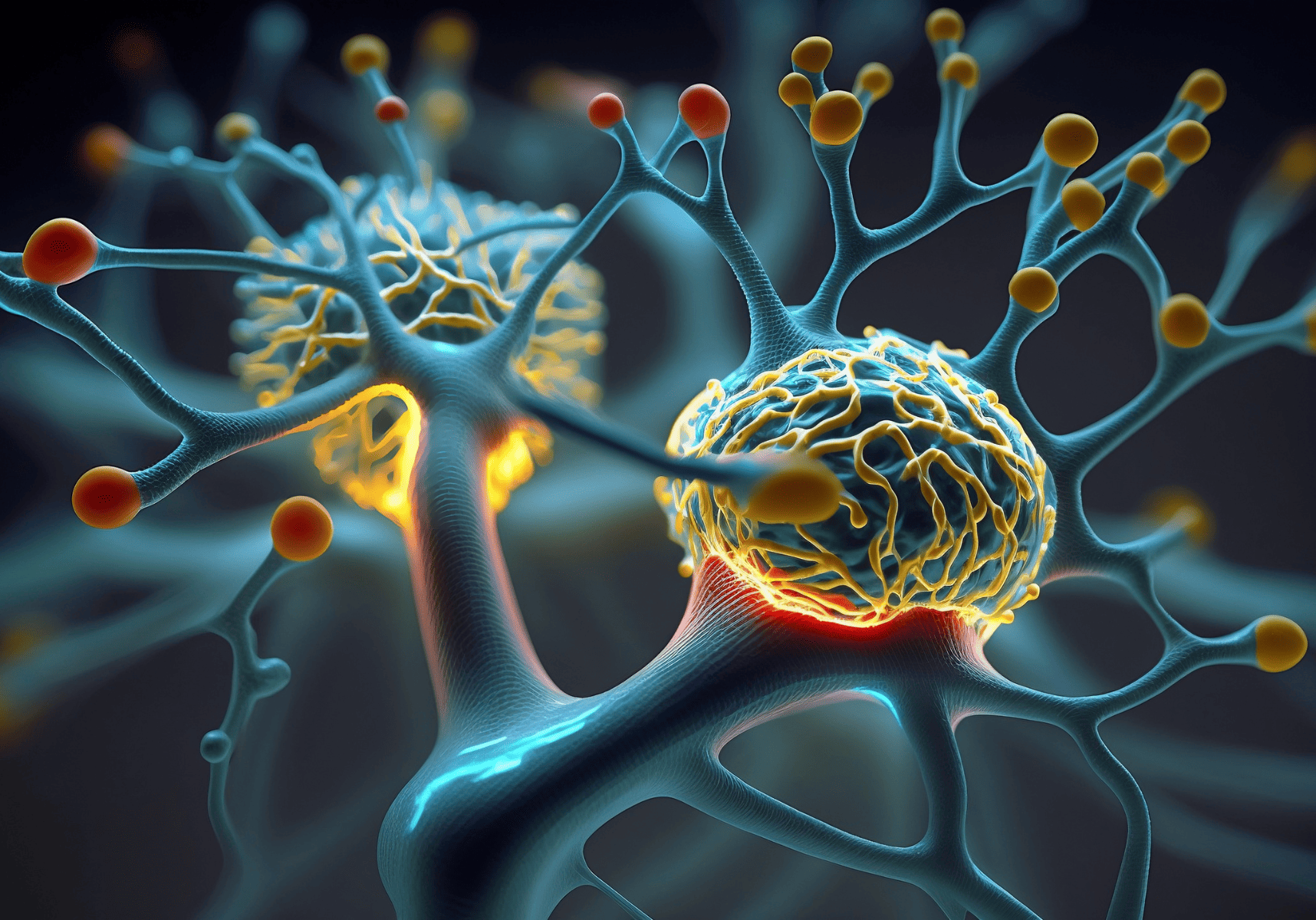
Bending the Brain
Meditation and Neuroplasticity - By Selvaraj Giridharan
Reading time: 4 minutes
Neuroplasticity:
Neuroplasticity is the brain’s ability to reorganize itself by forming new neural connections throughout life. It explains how experiences, environment, and behaviour can alter the actions of neurons in our brains―and thus our thoughts and behaviours. Studies suggest that it offers a range of potential benefits, such as improved memory, boosted problem-solving skills, increased creativity, and even enhanced emotional regulation.
It is the transformative link between neurons, synapses, and glial cells, where the brain’s very structure undergoes perpetual reshaping in response to experiences, learning, and environmental influences. Like a skilled sculptor, neuroplasticity sculpts the delicate pathways of the brain, forging new connections, strengthening existing ones, and even pruning away those that are no longer necessary. This process enables us to acquire new skills, enhance cognition, and recover from injuries, transcending the confines of fixed neural patterns. Neuroplasticity reminds us that our brains are not immutable entities but rather dynamic and malleable entities, capable of constant renewal and adaptation, empowering us to embark on a lifelong journey of growth, discovery, and the boundless expansion of our human potential.
“Neuroplasticity is the ultimate proof that we are not victims of our genes or circumstances. We have the power to change our brains and, in turn, change our lives.” — Dr. Michael Merzenich
Ways to promote neuroplasticity:
Engaging in practices that enhance neuroplasticity involves various activities. These include continuous learning, intellectual stimulation, physical exercise, sufficient sleep, social connections, exposure to novel experiences, maintaining a healthy diet, and effective stress management. These practices can collectively support the brain’s adaptability and promote the formation of new neural connections, ultimately fostering cognitive flexibility and overall brain health. Meditation, with its intentional focus and cultivation of present-moment awareness, has been linked to enhanced neuroplasticity.
Meditation has long been known for its calming properties and focuses on mindfulness. Emerging research suggests that meditation could be an effective method to tap into the power of neuroplasticity. Studies have found that regular meditation practice strengthens specific areas of the brain associated with attention span and concentration. Research also indicates that meditation may reduce stress, improve memory, increase creativity, and help manage depression.
Here are some key findings from various studies:
Increases grey matter: A study published in Psychiatry Research: Neuroimaging found that after 8 weeks of a mindfulness program, participants demonstrated increased grey matter density in the hippocampus, which is known for learning and memory, and in structures associated with self-awareness, compassion, and introspection
Reduces stress and anxiety: Research shows that mindfulness meditation can decrease activity in the amygdala, a region of the brain responsible for feelings of fear and anxiety. In turn, this change can lower stress levels in the body
Enhances attention and concentration: A study published in the journal Psychological Science found that intensive meditation can help people focus their attention and sustain it, even during monotonous tasks
Slows aging: Some research suggests that meditation may help slow the age-related atrophy of certain areas of the brain and increase connectivity and efficiency in neural circuits
Improves emotional well-being: Meditation can strengthen the connection between the amygdala and prefrontal cortex, improving emotional stability and resilience.
Remember, these benefits generally come with regular, consistent practice. So, if you’re considering meditation, be prepared to make it a part of your daily routine.
In conclusion, through regular meditation practice, we open ourselves to the transformative potential of neuroplasticity. By nurturing new neural connections and enhancing cognitive flexibility and emotional regulation, we embark on a profound journey of self-discovery and personal growth. Embracing the impermanence of life and the boundless potential of the mind, meditation becomes a sacred space where we sculpt our destinies with conscious intention.
“The brain is not fixed; it can be developed, and meditation is one powerful way to do it.” — Matthieu Ricard







